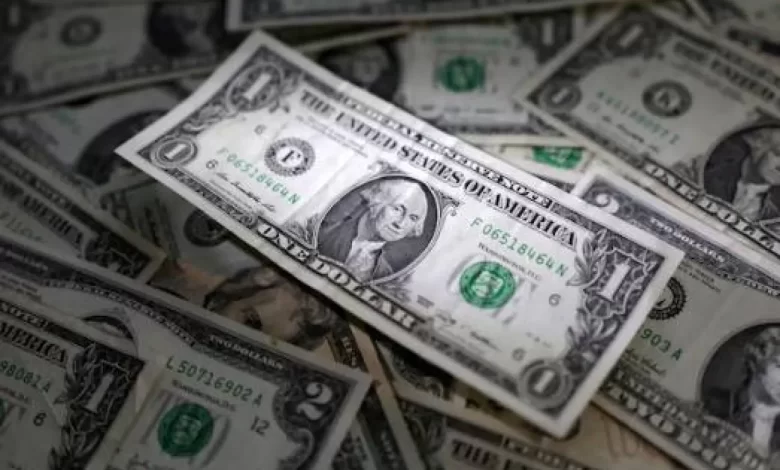The Dollar Continues Its Decline Globally for the Third Consecutive Week

The dollar continued its decline for the third consecutive week on Friday, as traders concluded that the start of Donald Trump’s second term amounted to little more than tariff threats. This pushed the Japanese yen down from its two-and-a-half-month high, despite rising inflation in Japan.
The euro also came under pressure following a series of business activity surveys that showed a sharp contraction in France and only slight improvement in Germany, the traditional growth engines of the eurozone, according to Reuters.
The yen rose above 150 yen per dollar, supported by a sell-off in Japanese government bonds, which pushed yields to their highest levels since 2009. This came after Japan’s core national inflation peaked at a 19-month high in January, reinforcing expectations of further interest rate hikes in Japan. However, Bank of Japan Governor Kazuo Ueda quickly worked to temper the momentum, stating that the central bank has the tools to curb long-term interest rate increases by purchasing government bonds.
Despite the dollar’s rise against the yen on Friday, it has struggled to gain momentum in recent weeks, recording a 1.8% decline in February. This puts it on track for its largest monthly drop since September.
Trump’s Tariff Threats Have Yet to Materialize
Trump’s tariff threats have yet to come to fruition, while fourth-quarter corporate earnings remain strong, and economic data suggests that the U.S. economy is on the right track. However, these factors have not been enough to boost investor appetite for more dollar holdings.
Jane Foley, senior FX strategist at Rabobank, said: “I don’t think Trump will proceed with broad-based 25% tariffs on all imports… However, there is a possibility of additional tariffs, particularly on Europe. Perhaps the market has become too complacent.”
Despite his repeated threats, Trump has only imposed 10% tariffs on Chinese imports while delaying tariffs on Mexico and Canada. Instead, he has targeted specific industries with milder tariffs than initially expected. In a new move, Trump announced plans this week to impose tariffs on lumber imports, though he also hinted at the possibility of a new trade agreement with China.



